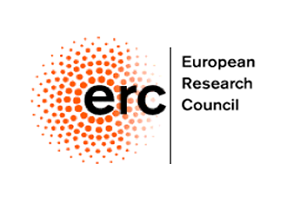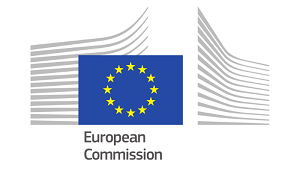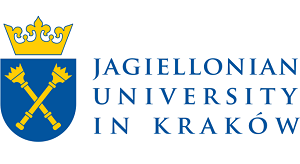We greatly acknowledge the support of the research in our laboratory by






 Nawigacja okruszkowa
Nawigacja okruszkowa
Nawigacja okruszkowa
Nawigacja okruszkowa
 Nawigacja
Nawigacja
Nawigacja
Nawigacja
 Widok zawartości stron
Widok zawartości stron
Widok zawartości stron
Widok zawartości stron
We greatly acknowledge the support of the research in our laboratory by






 Widok zawartości stron
Widok zawartości stron
Widok zawartości stron
Widok zawartości stron
 SONATA BIS 6
SONATA BIS 6
Coordination and organometallic complexes are chemical compounds, where metal ions form bonds with various molecules and anions, especially organic ones. According to their definition, organometallic compounds require the presence of at least one metal-carbon bond in order to be named organometallic. Coordination compounds are extremely important in large-scale chemistry and have a tremendous impact in many current technologies. They are catalysts of many important reactions i.e. polymerization reactions in the production of plastics and play a crucial role in biological processes i.e. oxygen transport in the bloodstream. Currently, new coordination compounds are intensively researched with a particular goal of designing their coordination sphere – the number and the geometry of the donor atoms surrounding the metal center – so that the complex has a very well-defined function i.e. can bind small molecules like dinitrogen leading to their activation and fixation or show specific magnetic properties. Another example of interesting research on coordination compounds is the design and synthesis of mixed-metal d-f molecules with direct d-f metal-metal bonds. Such mixed metal d-f compounds can mimic the magnetic behavior of intermetallics such as SmCo5 – a very important permanent magnetic material used in many electronic devices. Most importantly, the mimicking would occur at the molecular level leading to new captivating magnetic properties.
Since decades, classical coordination compounds, where metal centers are coordinated solely by heteroatoms, are central to the interdisciplinary field of molecular magnetism, and quantum nanomagnetism in particular. Molecular quantum nanomagnets are unique nano-sized molecular systems exhibiting welldefined rigid structures and fascinating magnetic properties that are directly influenced by quantum effects. The "coexistence of quantum and classical behavior" have led to the discovery of new phenomena in such nanomagnets: slow relaxation of magnetization below certain blocking temperature (sometimes even months or years) due to the existence of an energy barrier for the reorientation of magnetic moments of individual molecules, magnetic hysteresis of the molecular origin, quantum phase interference, quantum tunneling of magnetization, or quantum entanglement of the magnetic states/molecules. Thanks to that, quantum molecular nanomagnets have been proposed recently for quantum computing applications and for the construction of spin-based electronic devices in the field of spintronics, or to be more specific, molecular spintronics. It is believed that the use of quantum nanomagents will revolutionize the field of electronics, allowing its transformation into the new field of molecular spintronics, governed by quantum mechanics. This will lead to the construction of better, faster and more efficient devices that consume much less energy.
The project "Quantum nanomagnets based on metal complexes with unusual geometries and using new unusual ligands" is strongly set in the modern and fast developing field of molecular magnetism and particularly in its newest branch – quantum nanomagnetism. This interdisciplinary field is strongly related to coordination and supramolecular chemistry, crystal engineering, nanotechnology, experimental physics and materials science. The interdisciplinary character has already led to several important discoveries mentioned above and suggests their huge application potential in molecular spintronics and quantum computing. However, this will be only possible if the crucial performance indicators such as magnetic blocking temperature, magnetic hysteresis temperature and energy barrier for magnetization reversal are significantly improved. This constitutes the major goal of the project, to design and synthesize high-performance quantum nanomagents, which will be used for the fabrication of spintronic devices similar to the currently known electronic devices (i.e. smartphones), but with many more advantages already listed above. A secondary goal would be extending our knowledge about organometallic compounds and their fascinating magnetic properties, especially d-f mixed metal systems with d-f metal-metal bonds.
For more: https://projekty.ncn.gov.pl/en/index.php?projekt_id=343263